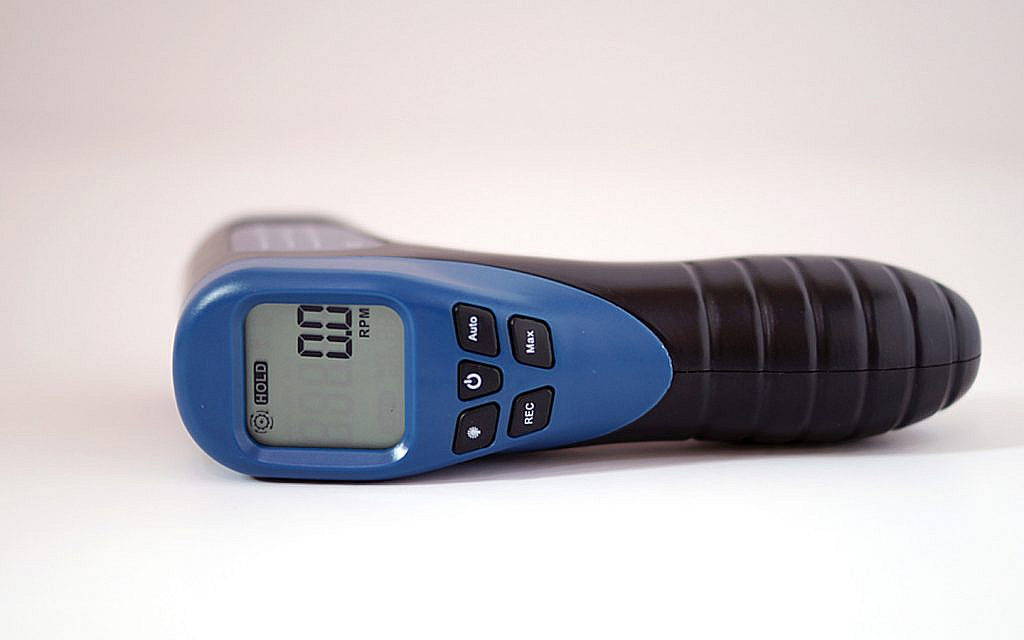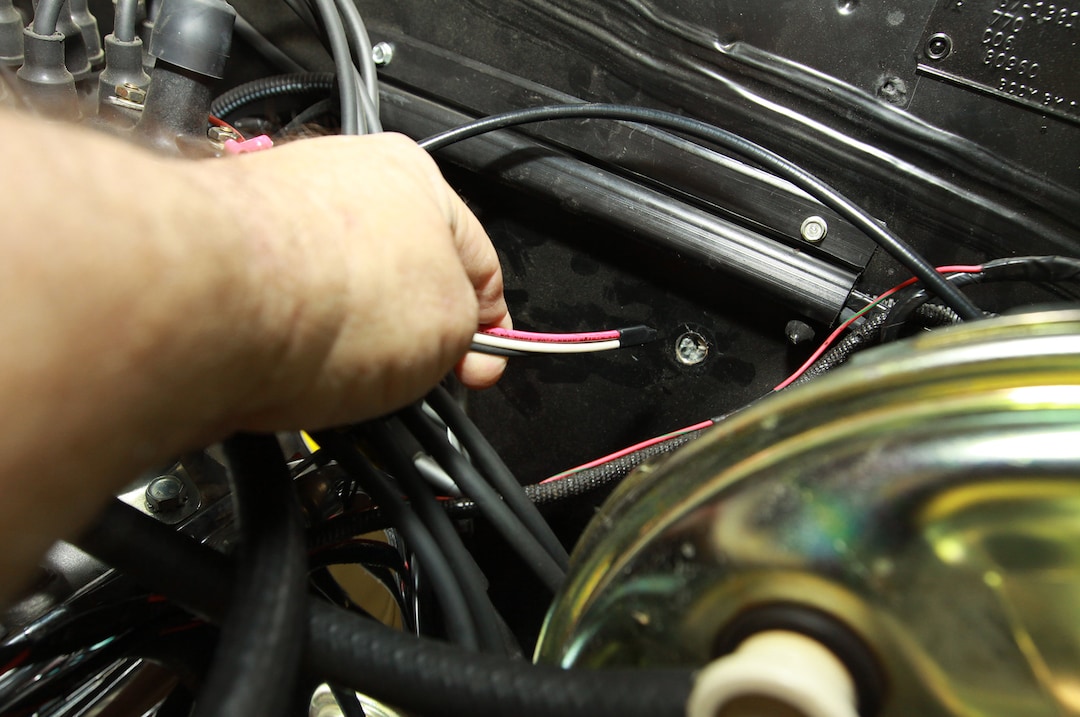If you’ve ever faced issues with your boat’s tachometer, you’ll understand the frustration it can cause. This essential instrument gauges your engine’s RPM (revolutions per minute) and helps maintain optimal engine performance. In the realm of marine technology, understanding how to repair a boat tachometer is invaluable for avid boaters.
In this comprehensive guide, we will delve into the nitty-gritty of tachometer repairs, breaking down the process into manageable steps. This guide aims to reduce your reliance on professional help while promoting a sense of delight as you fix the tachometer on your own.

Understanding the Tachometer and its Importance
The tachometer is an indispensable part of a boat’s dashboard, providing real-time insights into the engine’s performance. Before diving into the repair process, it’s crucial to comprehend its function and importance.
What is a Tachometer?
A boat tachometer is a device that measures the rotations of the engine’s crankshaft per minute. This data helps gauge engine speed, ensuring it operates within safe limits to prevent mechanical failures.
For a more in-depth understanding, you can refer to a comprehensive article about how a tachometer works.
Common Issues with Boat Tachometers
To efficiently repair a tachometer, you need to know the common problems that typically arise:
Inaccurate Readings
One of the most common issues is inaccurate readings, which can result from several factors, such as faulty wiring, a defective sensor, or calibration problems.
Non-Functional Display
A non-functional or erratic display often indicates power issues, internal damage, or software glitches within the tachometer.
Erratic Needle Movement
Erratic needle movement usually suggests issues with the signal input or the connection between the tachometer and the engines electrical system.
Prepping for the Repair
Before you kick-start the repair process, ensure you have the necessary tools and safety precautions in place.
Gathering Tools and Materials
You will need:
- Multimeter
- Wire strippers
- Screwdrivers
- Electrical tape
- Replacement parts (if needed)
Safety First
Always prioritize safety by disconnecting the boat’s battery to avoid electric shock. Wear protective gloves and safety goggles for added precaution.
Step-by-Step Guide to Repairing a Boat Tachometer
Step 1: Diagnose the Problem
Use a multimeter to check the voltage between the tachometer and the battery. Ensure all connections are secure and test the ground wire for continuity.
Step 2: Fixing Inaccurate Readings
If you notice inaccurate readings, recalibrate the tachometer according to the manufacturers guidelines. Replace any faulty wires or sensors that could be causing the problem.
Step 3: Addressing a Non-Functional Display
For issues with the display, check the power connections and replace any damaged components. If the problem persists, considering purchasing a new tachometer might be more cost-effective.
Step 4: Resolving Erratic Needle Movement
Inspect the wiring and connections for any loose or corroded parts. Re-secure the connections and clean any rust or debris that might be interfering with the signal.
Testing the Tachometer Post-Repair
After completing the repair, reconnect the boat’s battery and start the engine. Observe the tachometer readings to ensure they are accurate and stable.
Calibrating the Tachometer
If needed, recalibrate the tachometer by following the manufacturers guidelines. This step is crucial for ensuring accuracy.
Final Testing
Take the boat for a short test run. Monitor the tachometers performance to ensure its working flawlessly.
Troubleshooting Tips
Persistence of issues might require a closer inspection or even professional assistance. Dont hesitate to seek expert help if necessary.
Refer to some high-speed inspection resources like Genetic Analysis and Wafer Polishing for further insights into maintaining precision in readings.
Maintenance Tips for Longevity
Regular Inspections
Conduct regular inspections to ensure all components are in good condition. Look out for signs of wear and tear.
Clean Connections
Regularly clean the electrical connections to prevent corrosion and ensure reliable performance.
Software Updates
Keep your tachometer’s software up-to-date if it has a digital interface, ensuring optimal functionality.
Conclusion
Repairing a boat tachometer might seem daunting, but with the right approach, tools, and knowledge, it becomes an achievable task. Embrace the delight of tackling technical challenges, and enjoy the tremendous satisfaction that comes with fixing your boats tech on your own.

FAQs
What causes a tachometer to stop working?
Several factors can cause a tachometer to stop working, including faulty wiring, a damaged sensor, or power issues.
How often should I calibrate my boat tachometer?
Routine calibrations are recommended at least once a year to ensure the accuracy and reliability of the tachometer.
Can I repair the tachometer myself, or should I seek professional help?
While many tachometer issues can be repaired by yourself, persistent problems or complex issues might require professional assistance.
For additional information, you can visit an extensive resource about how a tachometer works.